AFFILIATE MARKETING
11 Steps To Success Online in 2023
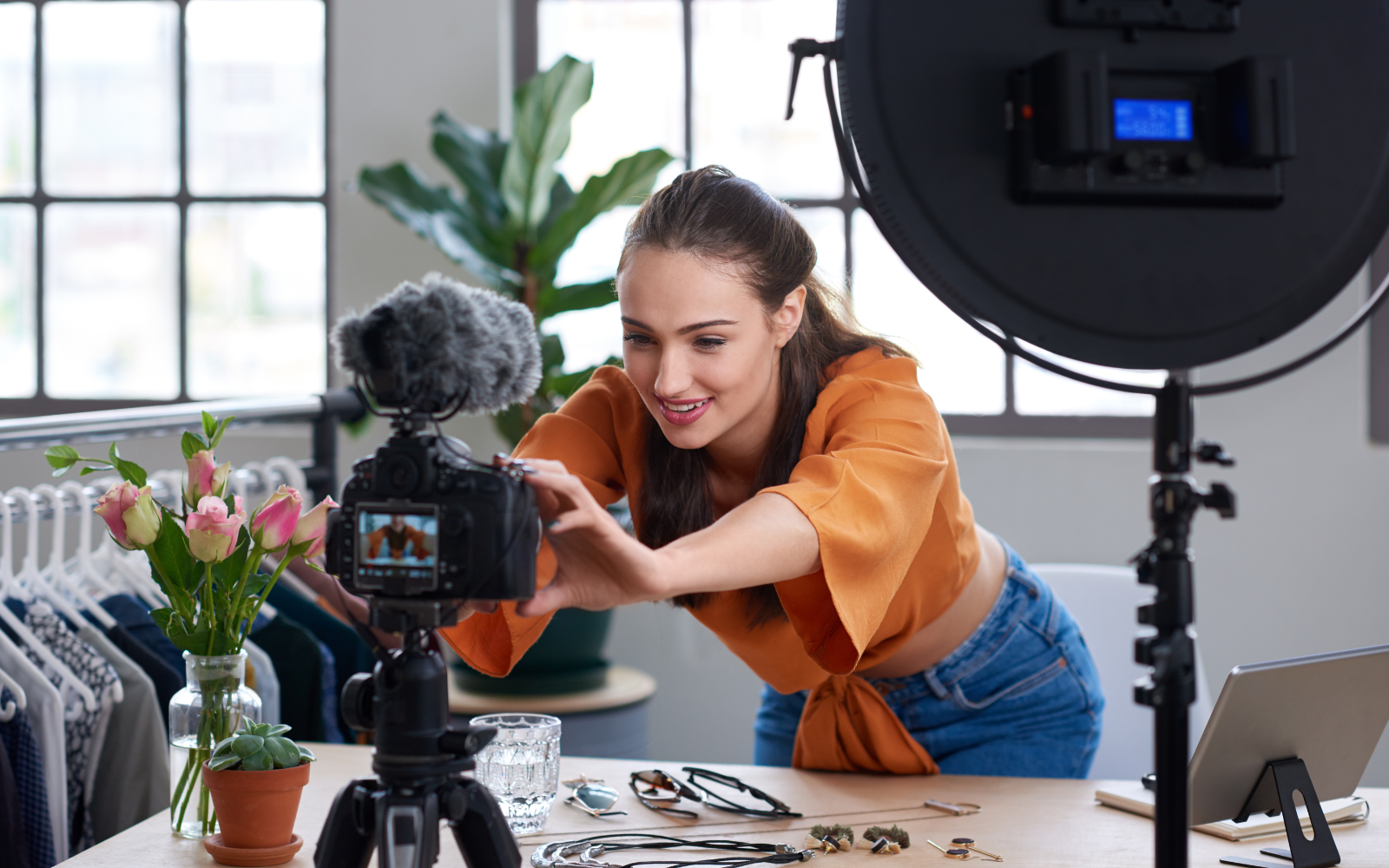
Collaborating with influencers is the fast track to online marketplace success!
Businesses with an online presence must up their game.
ENTER THE INFLUENCERS!
Successful influencer collaborations grab more market exposure, brand awareness, and sales than traditional advertising.
Plus, influencers provide positive social proof.
Sounds perfect? It is, and we will show you exactly how to do it!
Preview of the highlights:
- Define Your Objectives
- Set Your Budget
- Pick the Right Platform
- Find Potential Influencers to Collaborate With
- Formalize the Agreement
- Track Performance
Let’s get started!
Collaborating with Influencers: How To Guide
Follow our step-by-step guide here for successful influencer collaborations.
1. Choose Between Influencer Types
Influencers target different audiences. Deciding which social media influencer is best for you depends on your budget. According to USA Today, the common standard is $100 per 10,000 followers for a sponsored post.
Here are the main influencer types based on target market size.
Grab the Niche Market
Nano– (<10k followers) and micro-influencers (10-75k followers) have specific topics and dedicated followers. These influencers have a locked-in market that takes their endorsements to heart.
If you have a specialized product/service, these are the influencers for you. These influencers are the lowest cost-wise and more likely to review product samples free of charge.
In an article by Andrew Macarthy, Instagram cash payments range between $10 to $500 per post. YouTube influencers cost $20-$1,000 per post, and you will pay around $500 per 24-hour campaign for Snapchat influencers.
Seize Specialized Markets
Affinity influencers and bloggers cater to special interest groups with 50,000+ followers.
For example, in the healthy food niche, one of these influencers will net you a target market, not just in your location but nationwide.
A post costs $500 to $5,000.
Go Global with Mega Influencers
Mainstream social media influencers are the stars of their particular platforms and can turn any trend viral. They have a minimum of 500k followers.
With global reach, these influencers are for a business that plans market domination on a large scale.
For example, Prime, the latest drink sensation, was the brainchild of influencers Logan Paul and KSI. According to Bleacher Report, Prime made over $250 million in its first year.

These influencers charge from $10,000 up per post.
2. Define Your Objectives
Defining your goals is the first step. Do you want brand exposure, more sales, or to launch a new product?

Use these goals to define your objectives.
These are measurable. Instead of aiming for increased brand awareness, set an objective like “increase brand reach by 20% within three months” or “generate 500 leads in one month”.
Key Performance Indicators (KPIs) measure that you are on the right track. These have a minimum acceptable amount for achieving your goals.
Here are some examples:
Goal – more website exposure.
- Objective – drive website traffic up by 30% over two months.
- KPIs – click-through rates or conversion rates. The acceptable minimum would be a 30% increase, anything over that means your objective has been achieved, and you can move on.
Goal – get the brand noticed.
- Objective – a brand awareness campaign that grabs 30% more followers or shares on social media. This will take 3 – 6 months.
- KPIs – follower growth, impressions, reach, or social-media mentions. If these metrics are above the 30% increase minimum, all is good.
How Long Will It Take?

According to LinkedIn, the timeline varies across platforms.
For product launches:
- Instagram may take 1-4 weeks
- TikTok 1-2 weeks
- YouTube 1-2 weeks
Brand awareness goals take longer:
- Instagram 1-3 months
- TikTok 2-4 weeks
- YouTube 1-3 months
Between one and three months, you can expect initial traction, audience engagement, and measurable progress. This phase is for working out what content works best.
At the six-month mark, there will be a deeper audience connection, increased brand recognition, and a growing customer base. This is the time to optimize your campaign message.
Naturally, if your campaign goes viral, all your goals are achieved virtually overnight!
3. Set Your Budget
Budget costs vary wildly depending on the type of influencer collaboration. A once-off post may involve giving away products or cash. For anything more, other factors come in.
Points to consider:
- Duration of the influencer collaboration. Is it a one-time sponsored post, a week-long exposure, or an ongoing campaign that may last months? For a nano-influencer, it may just be samples. For an affinity influencer, with an average of $250/post, Considering a weekly frequency of 5 posts, a week’s worth of exposure is $1,250.
- Assess content creation costs. Include the price of samples provided or if the influencer provides customized creations. According to Statista, Instagram nano-influencers charge $ 20- $100 on average per video, and micro and affinity influencers will cost you up to $ 2,500. Prices are slightly lower for TikTok and marginally higher for YouTube.
- Factor in the cost of giveaway prizes.
- If you want the influencer to work exclusively with your brand during the campaign, prepare for an exclusivity fee. For example, if a social media influencer charges $500 for a post and social shares, a 3-month exclusivity fee would be $500 x 3.
Check out the stats on influencer marketing platforms. These detail the influencer’s demographics, engagement rates, and estimated pricing. Some influencers provide pricing information on their social media bios.
4. Pick the Right Platform

Do you understand your target market?
Knowing details – age, location, interests, behaviors, etc. helps you find the platform where they spend their time.
Check the demographics for the different platforms. For instance, around 32% of Instagram users are 18-24 years old. Around 23.5% of Facebook users are 25-34.
Consider user behavior. Look beyond demographics – consider the platform’s culture/user behavior.
Some platforms are better for visual content (e.g., Instagram and TikTok), while others excel at longer-form (e.g., YouTube and blogs).
5. Find Potential Influencers to Collaborate With
Some services only help you find a partner and others set up the influencer marketing relationship or manage it.
Influencer marketing platforms provide databases of influencers. Search based on criteria such as niche, audience size, location, and engagement rate. Examples are Upfluence, AspireIQ, and Tribe.
NinjaOutreach allows you to do even more once you have found the right influencer in their huge database. You can manage your outreach campaigns using their CRM to track negotiations and contracts.

Influencer marketing agencies simplify finding and collaborating with influencers. They match you to a creator. They can also guide influencer campaigns.
Here are examples of influencer marketing agencies: Viral Nation and Obviously.

Online directories and databases are where you find lists of influencers from various industries.
They provide detailed profiles and contact information for influencers so you can reach out directly. Examples include Influence.co, Social Blade, and Grin.
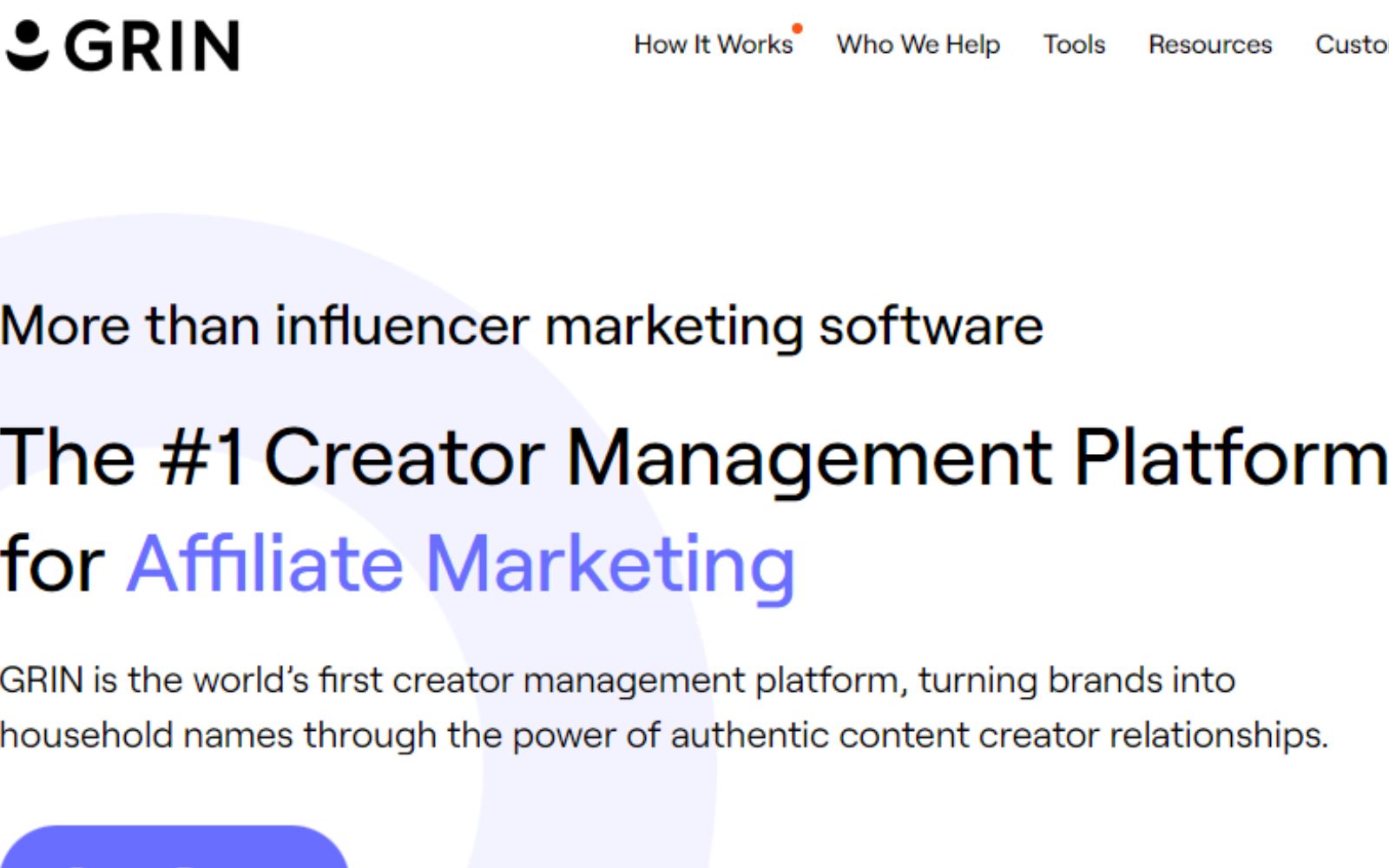
6. Check Influencer Performance
Before contacting your potential partner, check their track record. Here are some options:
- Explore the influencer’s social media accounts. Look for sponsored posts that indicate previous brand collaborations. Influencers disclose these partnerships by using hashtags like #sponsored, #ad, or #collab.
- Conduct a general search using the influencer’s username with keywords like “past collaborations” or “brand partnerships.”
- Examine the influencer’s engagement metrics, such as likes, comments, shares, and overall engagement rates.
- Contact businesses that have previously collaborated with the influencer. Inquire about the influencer’s professionalism and results achieved. This provides insights into the influencer’s reliability, communication, and effectiveness.
- Some influencers have case studies on their websites. Look for strategies employed and the outcomes achieved.
- Easiest of all, some influencer directories and platforms provide information about an influencer’s previous collaborations and brand associations.
7. Choose the Type of Collaboration
The best collab depends on your objectives, budget, and timeline.

Quick guide:
For a once-off collaboration, many creators prefer cash. Smaller influencers may accept product samples. Some may ask for payment for the review; others may review your product free of charge.
Online competitions are a good tactic. The influencer will get followers to like predefined posts or a site, and subscribe.
Affiliate marketing is an option where your influencer gets a commission for sales.
Sponsored Content: you sponsor a blog post that the influencer dedicates to your brand. The influencer shares info about your brand/product and a link.
Working With a Brand Ambassador
Choose wisely because it is a long-term relationship!
Brand ambassadors represent your company on social media. Creators may attend events or do a set number of posts monthly.
They will not partner with a competitor.
Want to find out more about the difference between influencers and brand ambassadors? Read our article dedicated to the topic: Ambassador vs Influencer.
8. Select an Influencer
Ready to make contact? Remember – it is easy to change an influencer partnership, but you cannot change a brand ambassador every six months.
Select the best platform and find influencers whose target audience aligns with your market. Ask yourself: Do they have a strong engagement rate with their followers? Will their style fit your brand? Is this the influencer marketing style you want?
If you already love an influencer, you are halfway there. Confirm your choice with these points:
- Reach and engagement
- Content quality
- Past performance metrics and collaborations.
Influencer sorted, now to make things official.
9. Formalize the Agreement
You want results in real life and on social media. If you are planning long-term influencer collaboration, consider a trial period of between one and three months.

Everything should be discussed, finalized, and formalized in a written contract. Cover these elements:
- Campaign objectives. Communicate the exact results you want from the collaboration.
- Confirm your influencer’s content creation. Include CTAs and features like logos.
- Agree on social media channels. An Instagram influencer has a different target audience than a Tik-Tokker. The influencer marketplace is all about brand visibility.
- Finalize when and on which platforms post(s) appear. Frequency and timing make an effective influencer marketing campaign.
- Decide which hashtags will increase visibility and tracking. They can be business hashtags, campaign-specific, or audience-related.
- FTC guidelines and disclosures. Ensure you stay on the legal side regarding influencer marketing. There must be a clear disclosure of the relationship.
- If applicable, have the influencer agree to exclusive collaboration.
- Compensation and deliverables. Specify expectations, payments, and result measurements.
You can find more information in our Influencer Contracts article.
Different Compensation Types
Payments can work in several ways:
- Pay per post – pay for each content piece created.
- Cost per engagement – based on engagement level (likes, comments, shares).
- Affiliate marketing.
- Give influencers your products/services instead of cash.
Successfully collaborating with influencers can be simple.
Is there a way to check how well influencer marketing is working? Glad you asked because, yes, there is!
10. Track Performance
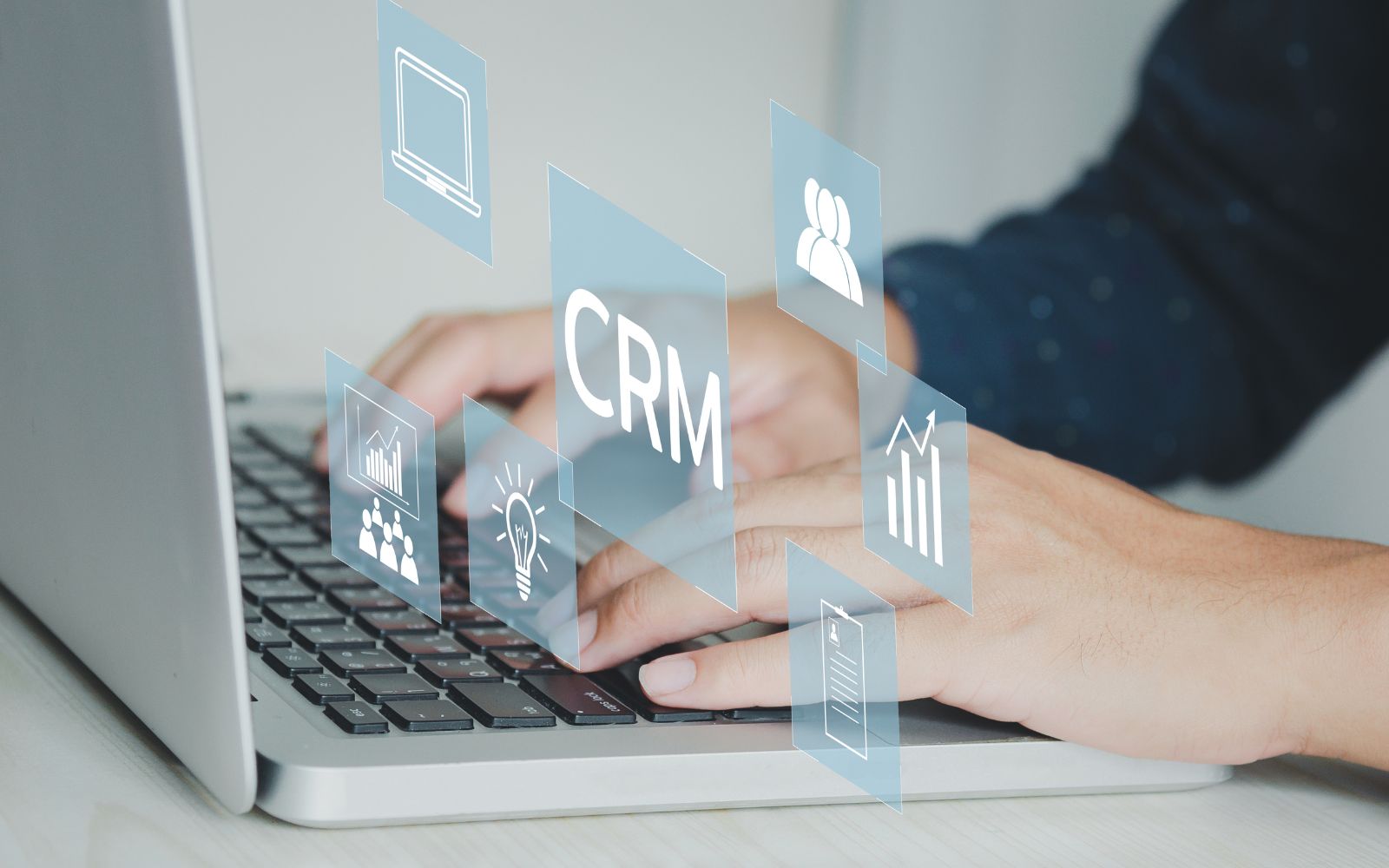
Tracking the performance measures your influencer collaboration’s effectiveness. This is how to do it.
A social media platform provides built-in analytics. These tools offer data on engagement, reach, and follower growth.
Check sentiment analysis from feedback received on the influencer’s posts.
Use customized tracking links or UTM parameters to track click-throughs and conversions generated from an influencer’s content. These bits of code are added to the URLs of website links or marketing campaigns. Sites like Moz and HubSpot give detailed instructions. Google Analytics Help Center has step-by-step guides.
Request regular reports from the influencer that give performance metrics and suggestions.
How to Work Out ROI
Assign a monetary value to goals. For example, if your goal is to generate sales, calculate the average revenue generated from each sale. Now you can quantify the campaign’s impact.
Record all expenses from the influencer campaign, including influencer fees, content creation costs, giveaways, and any additional costs.
To calculate the ROI, use this formula:
ROI = (Net Profit / Campaign Costs) x 100
Net Profit = Total revenue generated from the campaign – Campaign costs
If your Net Profit is $1,000, and the campaign cost $600:
ROI = ($1,000 / $600) x 100 = ($1.66) x 100 = 166.66%.
In other words, you earn $1.66 for every $1 spent on your campaign.
The ROI percentage indicates the return on your investment.
If you are running several campaigns, use this handy ROI calculator.
What can you get?
According to Influencer Marketing Hub’s Benchmark Report, businesses see an average return of $5.78 for every $1 spent on influencer marketing campaigns. Other studies show that 13% of businesses get $20+ for every $1 spent. 70% make $2+, the rest break even, with the lowest not earning at all.
83% of companies consider the Earned Media Value (the estimated amount of all exposure generated from third parties) a good measure of the ROI.
Izea found that influencer marketing can generate as much as 11x the ROI of traditional digital marketing methods.
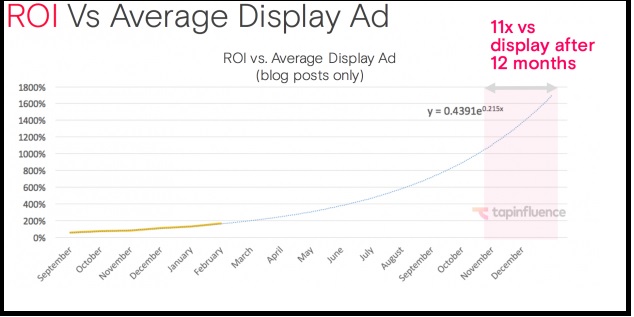
However you look at it, it is a significant return!
11. Deal With Relationship Issues
Like all relationships, influencer collaborations need attention. Sometimes, everything works. Other times, not so much. The big question is – is it over?
Here is what to do when it is a case of “It’s not me – it’s you!”
Rewriting the Agreement

If expectations are not met, reconsider your relationship.
If the creator is great, but they have not met the required influencer marketing results, it is decision time. Renegotiate the contract to continue working together.
They may lower their rates or offer more services. If it does not work out, consider offering an affiliate partnership.
When it’s Time to Break Up
What if the influencer doesn’t work out?
Time to look elsewhere. Breaking up with your creator can be civilized.
- No one wants to be labeled the bad guy, especially on social media. Be polite. Do it in person if possible.
- Make it about business, not about them. For example, a budget constraint or business goals have changed.
- Express gratitude and acknowledge their work. A breakup is easier to handle when done sensitively.
- If you have unfinished work, a transition plan that allows them a graceful exit is essential.
Be professional at all times. Ending a relationship with respect leaves you with a positive reputation.
A Real-life Example of Collaborating with Influencers
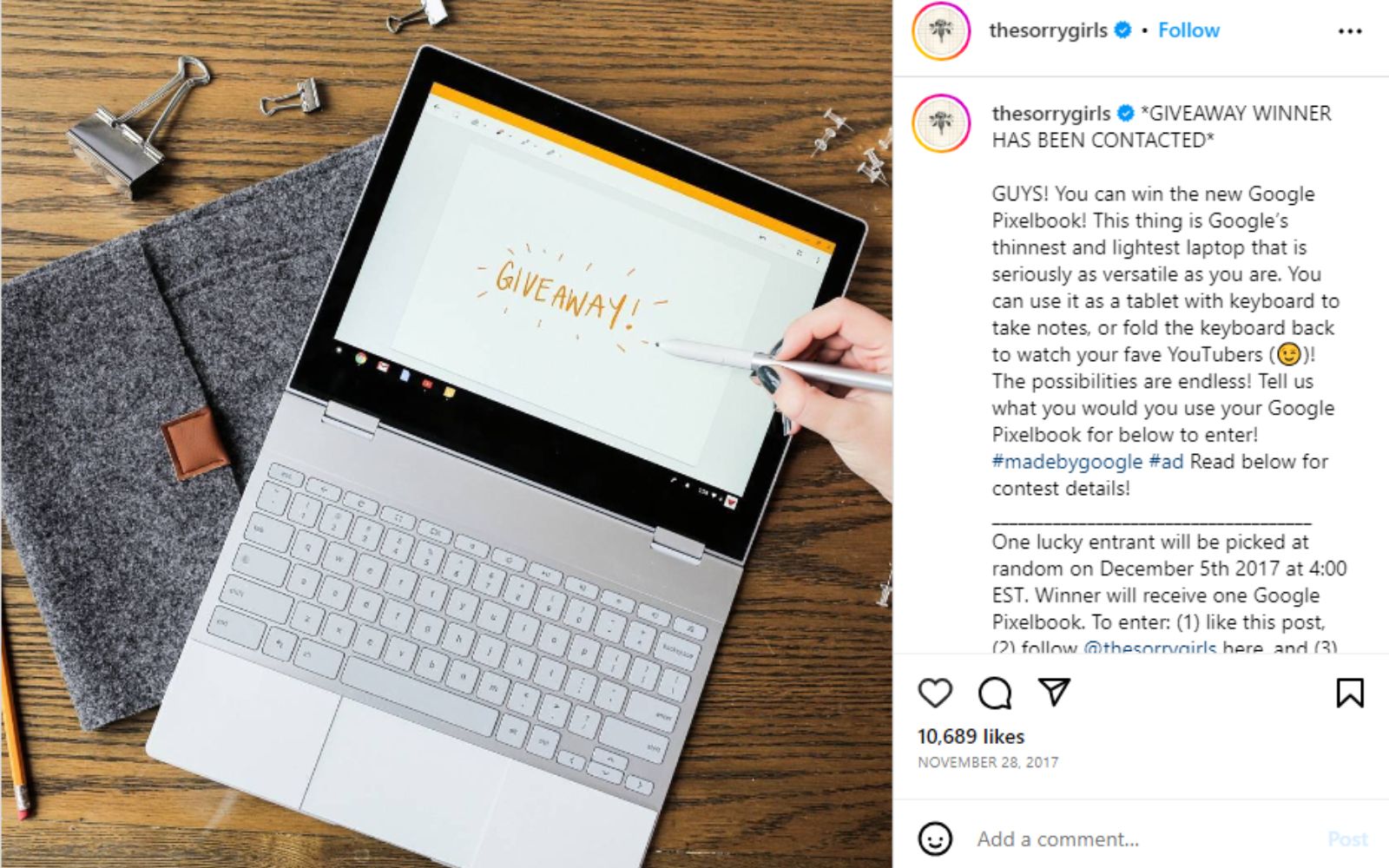
Many online sites, like Everything PR and Qoints, were blown away when a major brand had huge success with a micro-influencer campaign.
Google used two Instagram micro-influencers, The Sorry Girls (less than 100,000 followers), to focus on their new Pixelbook laptop. It was a simple giveaway on a single sponsored post.
The post earned 11,137 likes and nearly 8,000 comments, which is an engagement rate of nearly 60% – in 1 week! (They posted on 28 November, and the giveaway ran until December 5th.)
This high engagement rate is exactly why big brands are refocusing their influencer strategies. Smaller influencers offer lower costs, higher engagement rates, and, most importantly, a better ROI.
The Final Word on Collaborating with Influencers
Global influencer marketing spending is predicted to reach 21.1 billion dollars this year.
With influencers guiding the purchasing power of millions of followers, you should take advantage. A relatively small outlay and a well-crafted relationship can get a massive ROI.
The hashtag #TikTokMadeMeBuyIt already has over 63 billion views, so there is no doubt that influencer marketing works.
Ready to go viral? Decide what you want, choose the right influencer, and care for the relationship.
Collaborating with influencers will unlock your brand’s full potential. See you online!












